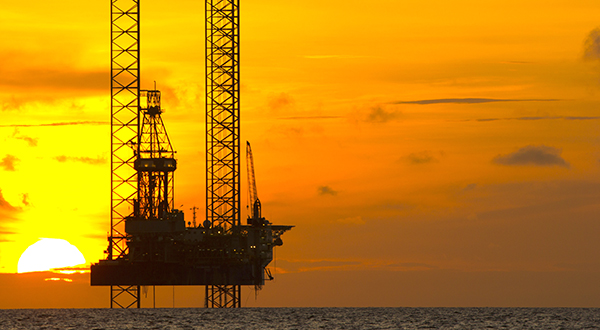DNV GL introduced a new form of reporting that revolutionizes survey reporting for fleet managers. The newly structured report defines safety barriers and trends, utilizing DNV GL’s experience with barrier management in the offshore oil and gas industry.
In collaboration with a major cruise line, DNV GL successfully implemented the new barrier management reporting programme. Survey data from 23 cruise ships was included in the pilot programme. The test enabled the project partners to identify and present high-impact risk control measures more efficiently than ever before. This allowed the customer to easily measure the effectiveness of risk-control actions.
“At DNV GL, we are always looking for ways we can help our customers standardize their operations for greater efficiency and safety,” says Paal Johansen, Vice President and Regional Director of Division Americas at DNV GL – Maritime.
“This new barrier management reporting system has emerged from cross-industry research and development that is continually taking place at DNV GL and will help our customers make the most of the data they are already generating. This pilot programme is an excellent example of how working together with our key customers can help to create more value from their data, without adding complexity or additional processes.”
DNV GL’s new reporting programme sorts each finding according to a system of safety barriers and then classifies each finding with a severity rating. It uses a colour coding scheme that illustrates the degree to which a finding impacts a safety barrier’s functionality.
Each report delivers an executive summary of findings for the shore-side management teams. This includes a fleet score which is used as input for tracking safety over time and measuring the effect of risk-reducing measures; a list of the most vulnerable barrier elements fleet-wide; and a list of the ten most vulnerable ships in the fleet, and how they are performing on the most vulnerable barrier elements.
The basis for the reports is the Passenger Ship Safety Certificate (PSSC) surveys. These surveys are extensive and the most comprehensive in the entire maritime industry. Typically the process involves two or three surveyors who live and work on board the cruise ship for up to a week. The survey team systematically works through the ship from stern to bow. Many man-hours on board are spent just assessing the status of safety barriers.
PSSC surveys check technical systems and give surveyors the opportunity to have open and valuable discussions with the officers and crew on all aspects of major accident risks. The main findings and conditions are captured in the report following the survey. In-depth knowledge-sharing from these surveys takes place at daily meetings and walk-throughs between surveyors and officers.
It’s critical that this information is transcribed into a practical format for the fleet management teams, as these findings are used as the basis for safety measures in both the short and long term. Traditional survey reports provide important information; however these reports alone make it difficult to identify safety trends across the whole fleet.
Source: DNV GL






























































